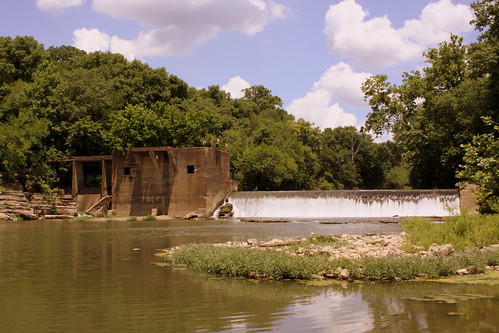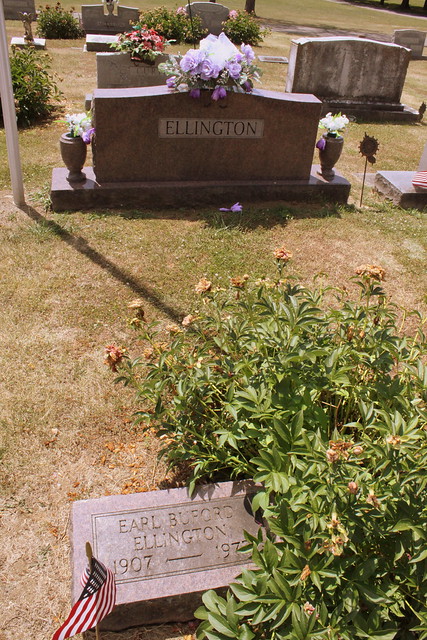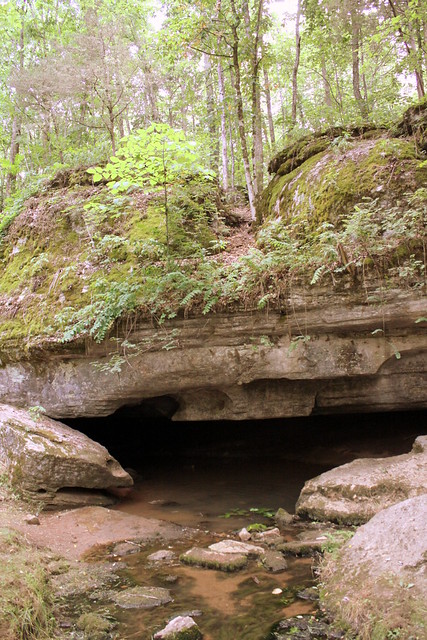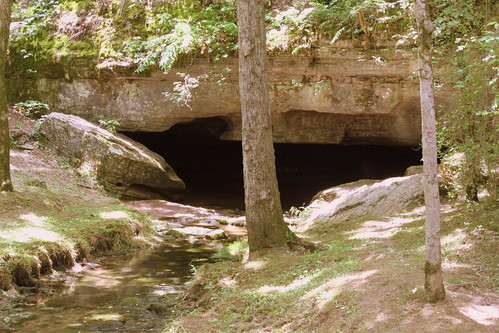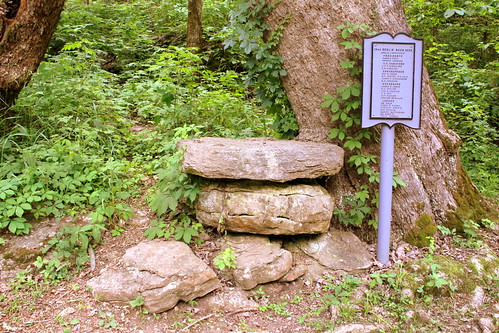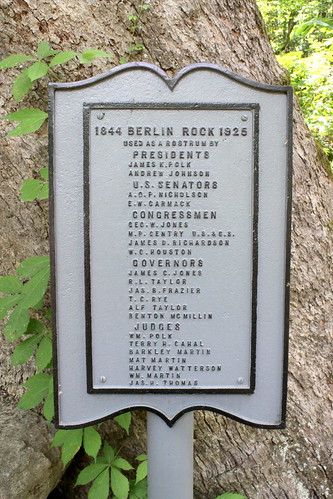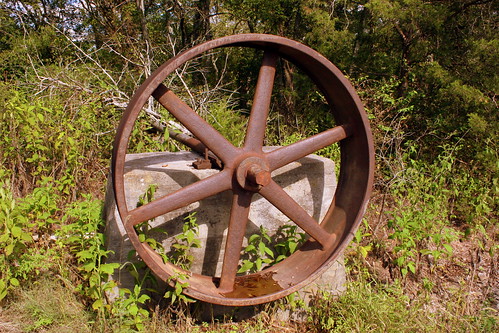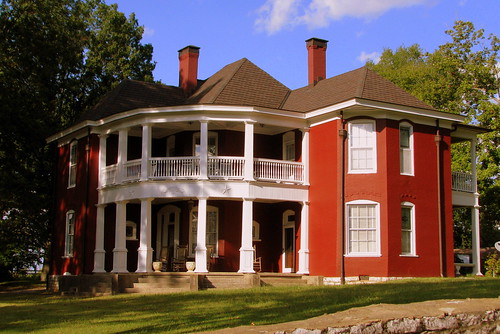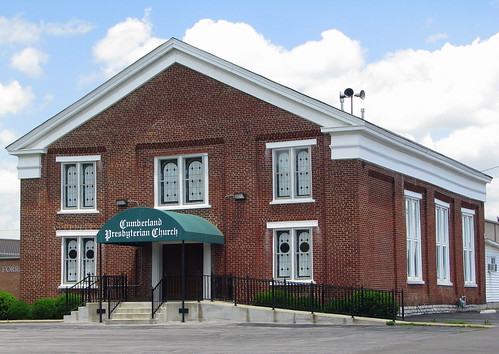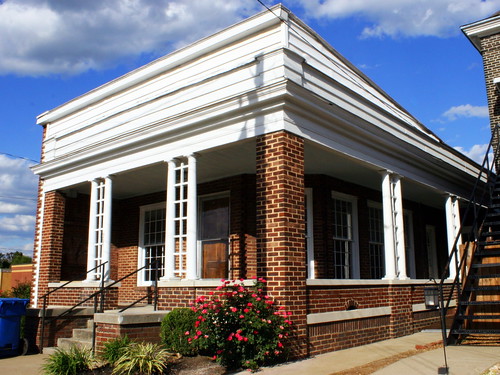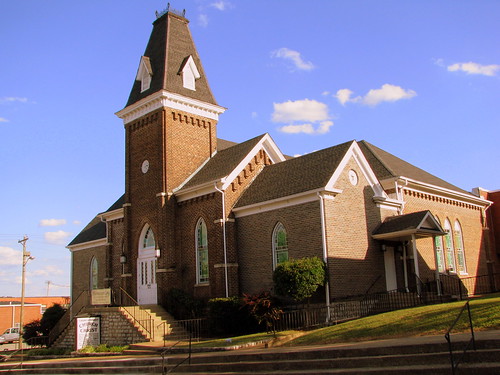There are 8 new Tennessee listings on the National Register of Historic Places, including the two places pictured below. Text is from the press release

Bank of Loretto (Loretto - Lawrence County)
The Bank of Loretto was chartered in 1910 and after the original bank building burned circa 1924, the current building was constructed. C.K Colley and Company Architects from Nashville were the architects of the building. Colley practiced from 1899 to 1956, but the C.K. Colley and Company was only in operation from 1922-1928. Local lumber company Augustin Lumber, established in 1900, built the new bank building. The Classical Revival style bank is sheathed in stone veneer and distinguished by its symmetrical façade and pedimented entrance. Semi-circular arched windows flank the single-door entrance. The interior retains historic flooring and skylights. The Bank of Loretto moved to a larger building in 1967 and the building is now used as a restaurant.

Presbyterian Church, U.S.A. (Lewisburg –Marshall County)
Better known today as the Water Street Abbey, the historic church building was constructed in 1910 for the Presbyterian Church, U.S.A. Rev. E. L. Orr drew plans and made suggestions for the structure, but the actual architect is unknown. The first services in the new sanctuary were held on January 11, 1911. Situated at the corner of Water Street and 3rd Avenue in Lewisburg, it is a prominent example of the Late Gothic Revival style. The exterior of the brick building features a corner bell tower delineated by Gothic arch openings with y-tracery, a steep pitch roof, and large windows. The interior retains its Akron plan, with moveable doors that allow for classroom spaces or a larger sanctuary when needed. When the Presbyterian Church, U.S.A. disbanded in 1939, the building was purchased by the Water Street Church of Christ, who held services here until 1967. In 2007 the current owners purchased the building and plan to rehabilitate it for an event venue.
The list also includes a boundary increase for the Jonesborough Historic District and the world's largest bomb shelter which is in a gated community in Memphis.
See the entire list here.
